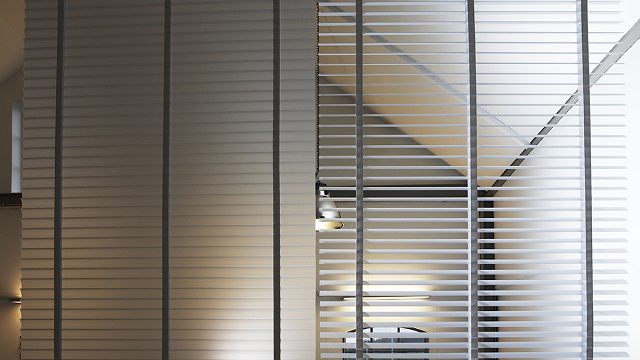 Who doesn’t wantto add more value to their home, right? But the first thing that comes to mind when we hear the word value is undertaking such a task must be costly. Yes, it can be, but not necessarily. Sure, the addition of value can require grand changes, yet beauty is in the details also.Take, for instance, the windows. You may not think they add as much to a home’s value as they do, but worn out look can only make your home look run down, logically. Worse if you have no window coverings which immediately goes to show the role of blinds in this makeover project (i.e. adding curb appeal). Wanting to make the investment that would pay off in the long run, you can’t overlook honeycomb blinds.
Who doesn’t wantto add more value to their home, right? But the first thing that comes to mind when we hear the word value is undertaking such a task must be costly. Yes, it can be, but not necessarily. Sure, the addition of value can require grand changes, yet beauty is in the details also.Take, for instance, the windows. You may not think they add as much to a home’s value as they do, but worn out look can only make your home look run down, logically. Worse if you have no window coverings which immediately goes to show the role of blinds in this makeover project (i.e. adding curb appeal). Wanting to make the investment that would pay off in the long run, you can’t overlook honeycomb blinds.
If you need more convincing as to why they make the ideal choice, the honeycomb blinds installation is an easy DIY project that would spare you the time, and your wallet, from hiring professionals. Then again, it’s good to know they are helpful when it comes to proper insulation, and energy efficiency, along with that they are stylish, durable, easy to maintain, and provide utmost privacy.
Okay, now that you’ve got more pros (no cons!), back to the honeycomb blinds installation. Great news is upon purchasing you can get a manual on how to carry on with the DIY project, instructing you carefully on both inside and outside wall mounts. It’s important to get the necessary tools beforehand, such as a lead pencil, small cordless drill, screwdriver, 10mm pan head screws for a secure finish, and a lever if needed.
As soon as you have your blinds delivered, take all the pieces out, carefully organise them, and layout each of them in front of the intended window. Then, you can start marking out where the brackets and screws would fit (both sides of the window), by lining out the front of each bracket, evening them out, and then drilling.
As soon as that is done, install the head rail fitting it to the brackets. In the case of the cordless, you just install a clip on the lower end of the blinds, and test lowering down, pushing back up. Remember, in the case of dual cords, when lowering, first do so with the bottom rail, and then move the rail in the middle to the position you want; in the case with raising, it’s the opposite – first the middle rail, then the bottom one.
As for outside mounting, start by positioning the blind on the wall surface where it is to be mounted, marking the head rail left and right outside edges (two and a half inches), then align the brackets, drill in the screws, and install the head rail attaching it to the brackets, then finish up testing with lowering and raising the blind.















